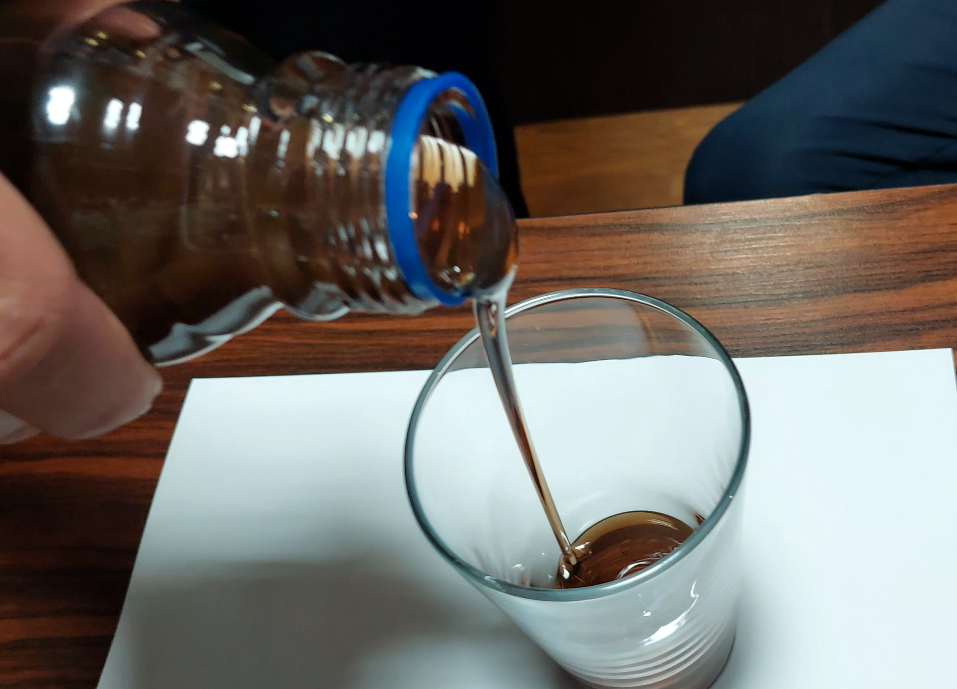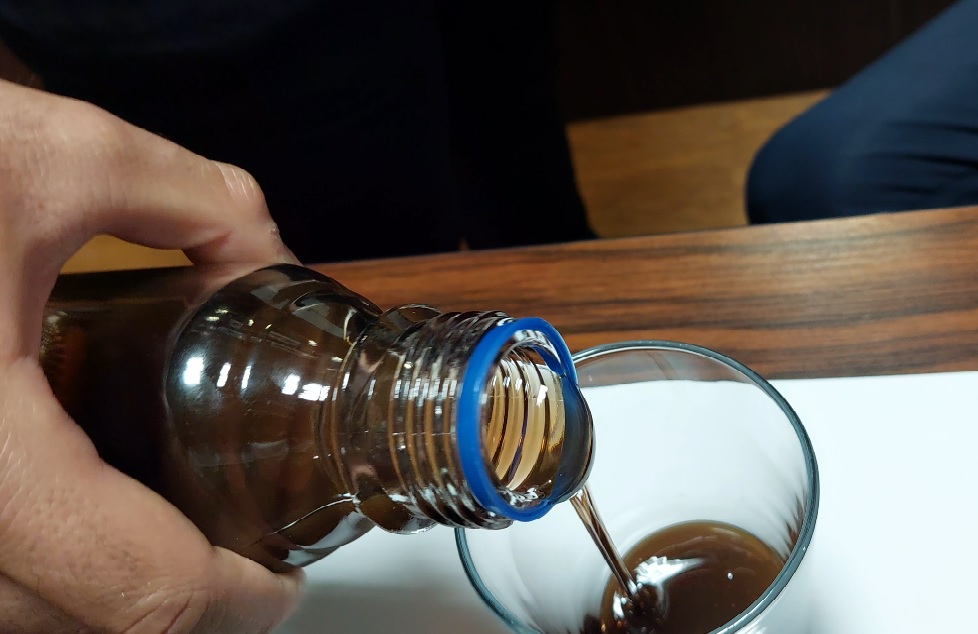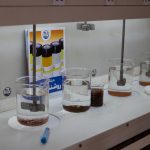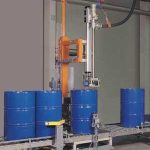Linear Alkyl Benzene Sulfonic Acid (LABSA), also known as Linear Alkylbenzene Sulfonate or simply Sulfonic Acid, is a widely used organic compound in various industrial and household applications. LABSA is primarily used as a surfactant due to its excellent cleaning and foaming properties. In this article, we will explore the general aspects, production methods, uses, and chemical properties of LABSA.
These manufacturers have expertise in producing high-quality LABSA that conforms to industry standards and requirements.
Production Methods:
The production of LABSA involves several steps, including sulfonation and neutralization. The general production process is as follows
Linear Alkyl Benzene Sulfonic Acid (LABSA)

1. Alkyl Benzene Production: Alkyl benzene is produced from the reaction of benzene with linear olefins, which can be obtained from crude oil refining or synthetic methods.
2. Sulfonation: The alkyl benzene is then sulfonated with sulfur trioxide (SO3) gas or sulfuric acid (H2SO4) in the presence of a catalyst like oleum (fuming sulfuric acid), resulting in the formation of Linear Alkyl Benzene Sulfonic Acid.
3. Neutralization: The sulfonic acid is neutralized with a base, usually sodium hydroxide (NaOH), to convert it into its salt form, known as Linear Alkyl Benzene Sulfonate (LAS).
4. Purification: The purified LAS is then subjected to further refining processes to remove impurities and achieve the desired quality.
The production of LABSA is a complex and precise process, requiring advanced equipment and skilled professionals to ensure efficient and safe manufacturing.
Uses:
LABSA finds extensive use in various industries due to its excellent surfactant properties. Some common applications of LABSA include:
1. Detergent Industry: LABSA is a key ingredient in the production of household laundry detergents, dishwashing liquids, and other cleaning agents. It provides excellent foaming, wetting, and emulsifying properties, enabling effective removal of dirt and grease from fabrics and surfaces.
2. Textile Industry: LABSA is used in the textile industry for textile dyeing and printing processes. It acts as a leveling agent, ensuring even distribution of dyes and improving color fastness.
3. Personal Care Products: LABSA is used in the formulation of shampoos, soaps, and personal care products due to its excellent cleansing and foaming properties.
4. Industrial Cleaners: LABSA is utilized in the production of industrial cleaning agents for removing tough oils, greases, and stains from machinery, equipment, and surfaces.
5. Agriculture: LABSA is employed in the production of agricultural emulsifiers, pesticides, and herbicides due to its ability to improve the effectiveness of active ingredients.

Chemical and Physical Properties:
The chemical and physical properties of LABSA contribute to its wide range of applications. Some important properties of LABSA include:
1. Molecular Formula: C18H30O3S
2. Molecular Weight: 326.49 g/mol
3. Appearance: Viscous, brownish liquid
4. Odor: Slight to mild sulfonic acid odor
5. Solubility: Soluble in water, ethanol, and methanol
6. pH Value (1% Solution): Approximately 1-2
7. Flash Point: 176°C (349°F)
8. Density: 1.05 g/cm3 at 25°C
It is essential to handle LABSA with caution as it is corrosive and can cause skin and eye irritation. Proper safety measures should be followed during storage, transportation, and usage.
In conclusion, LABSA is a versatile and widely used chemical compound with excellent surfactant properties. Its production involves sulfonation and neutralization processes, resulting in a high-quality product. LABSA finds applications in detergents, personal care products, textiles, industrial cleaners, and agriculture. Understanding the chemical and physical properties of LABSA is crucial for its safe and efficient use in various industries.




